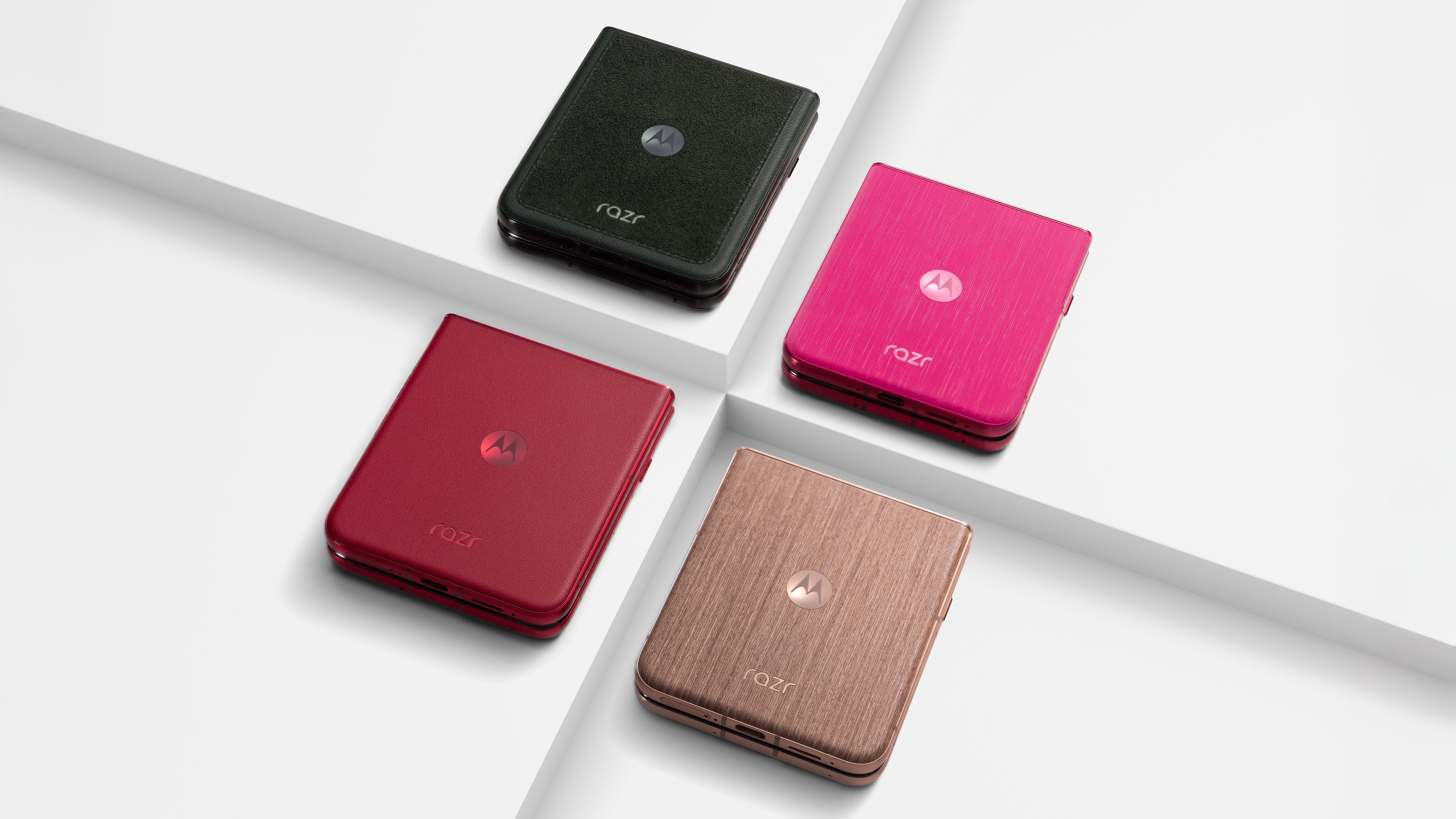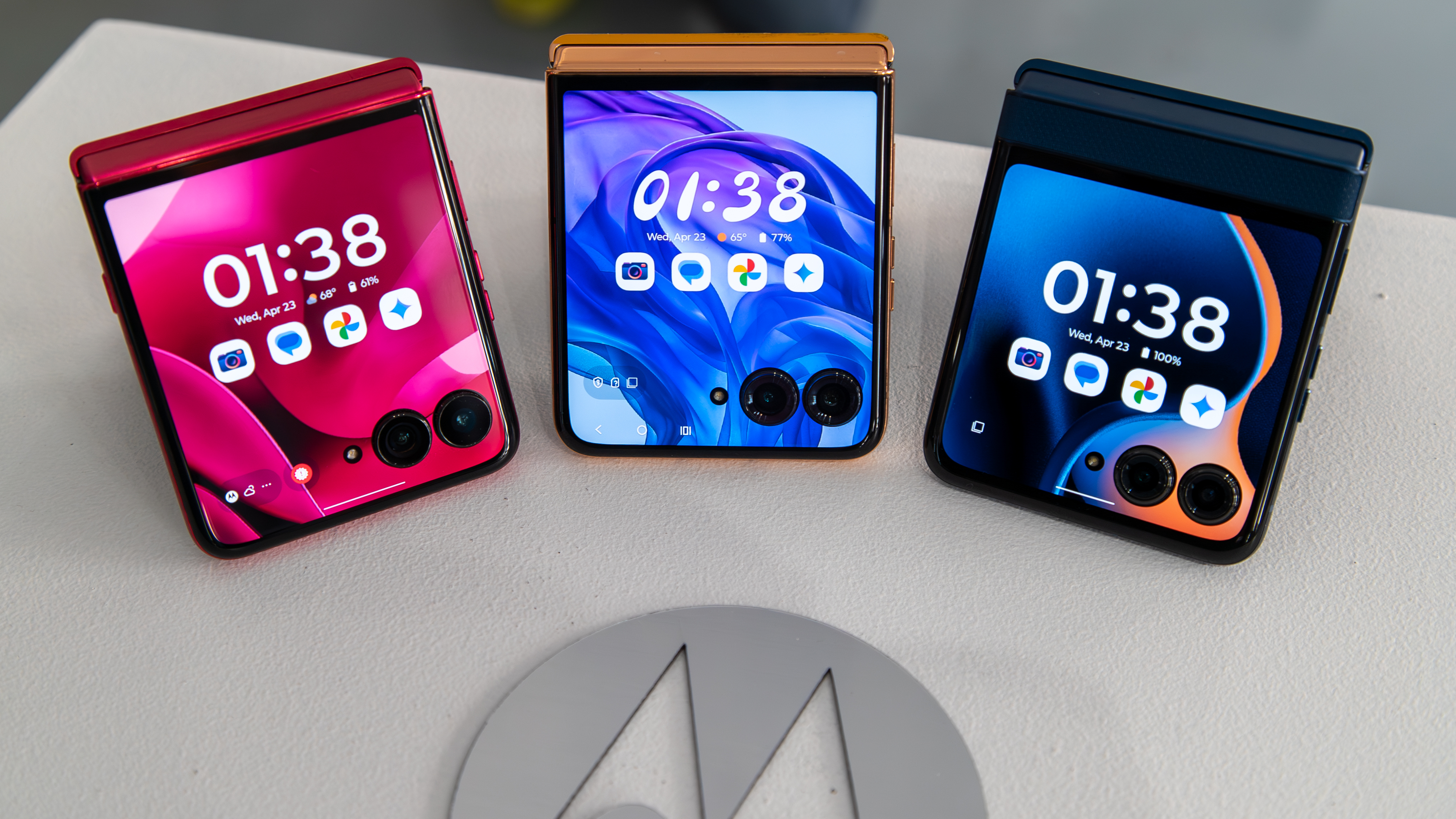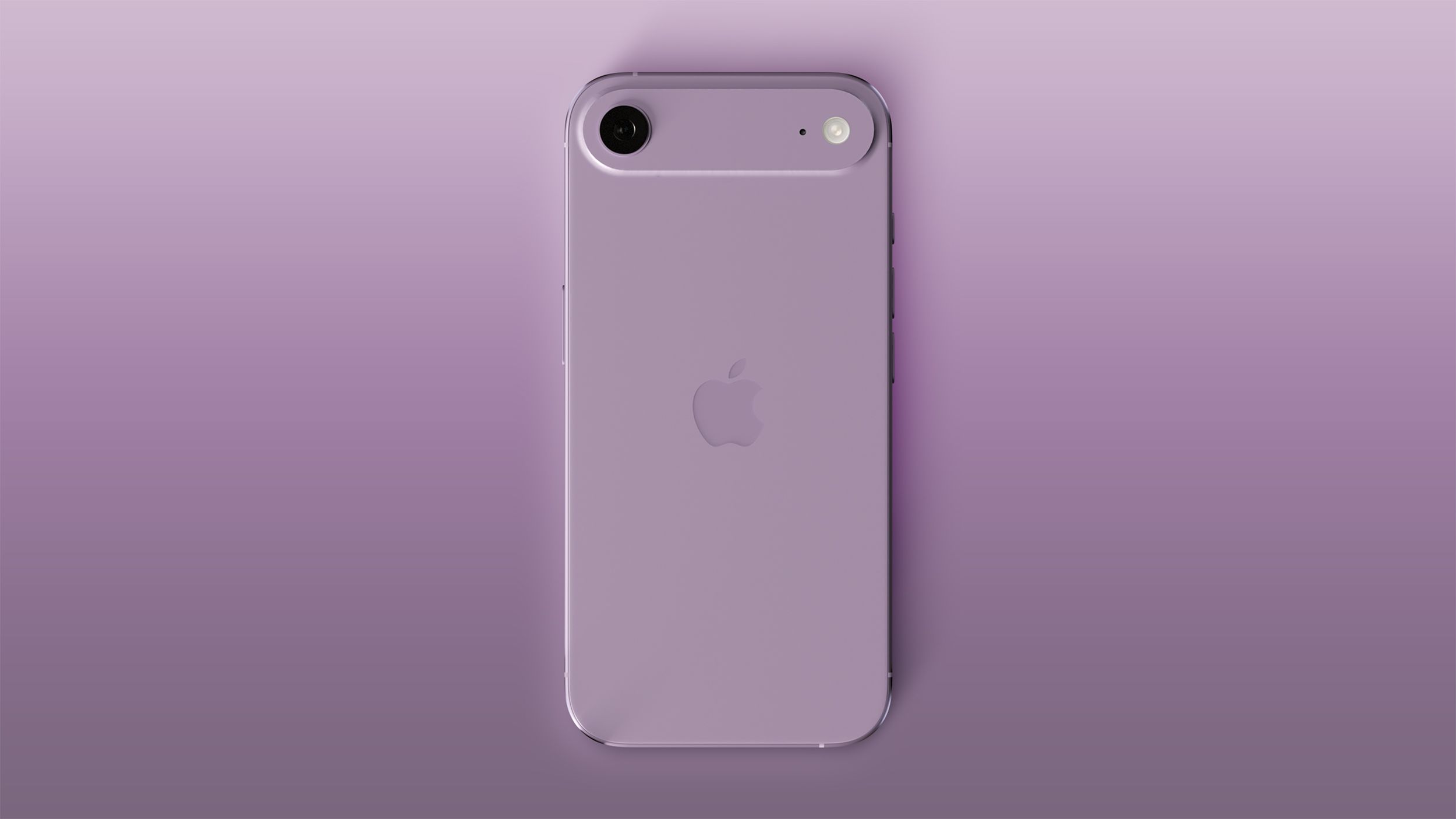Revolutionizing Touch: The Hapticoil Brings Clicks Back to Touchscreens

In an increasingly digital world dominated by touchscreens, many users often miss the satisfying sensation of a button click. This tactile feedback, often described as a satisfying 'click,' can create a more immersive experience when interacting with devices. To address this issue, researchers from the Interactive Display Lab at the University of Illinois, led by Craig Shultz, have developed an innovative solution known as the 'hapticoil.' This remarkable invention aims to restore the joy of physical interaction with touchscreens by providing haptic feedback using easily accessible components.
The hapticoil is ingeniously designed with a simple microspeaker at its core. At first glance, one might doubt the ability of such a small tweeter to produce adequate haptic feedback. Indeed, the speaker alone does not generate sufficient force, as finger pressure quickly dampens its vibrations. The innovation lies in the hydraulic coupling of the speaker to a silicone membrane. By submerging the system in water, the pressure generated from a soft button on the silicone membrane is transmitted, resulting in a satisfying haptic response. Notably, the button can be designed in virtually any shape, offering versatility in user experience.
The technology behind the hapticoil is not overly complex, making it an exciting opportunity for tech enthusiasts and DIY hackers alike. The essential components include a microspeaker, a 3D-printed enclosure, and a silicone membrane, which acts as the face of the haptic 'soft button.' While the assembly might seem daunting, the researchers have provided a circuit diagram, embedded in figure eight of their published paper, which offers comprehensive guidance for replication of the electronics involved.
In a demonstration video, a finger-mounted version of the hapticoil allows users to experience the sensation of pressing a virtual button in a virtual reality environment, showcasing the technology's potential across various platforms. Additionally, the hapticoil has been successfully integrated into a pen stylus and a remote control, further illustrating its diverse applications.
This is not the first instance of using hydraulic haptics in technology. Craig Shultz has previously worked on an electroosmotic screen and a haptic glove that utilized similar principles. However, the new microspeaker technique is notable for its accessibility, potentially opening the door for hobbyists and engineers to create their own haptic devices.
Overall, the hapticoil exemplifies how combining simple components can lead to significant advancements in user interface technology, making everyday digital interactions more enjoyable and engaging.



























